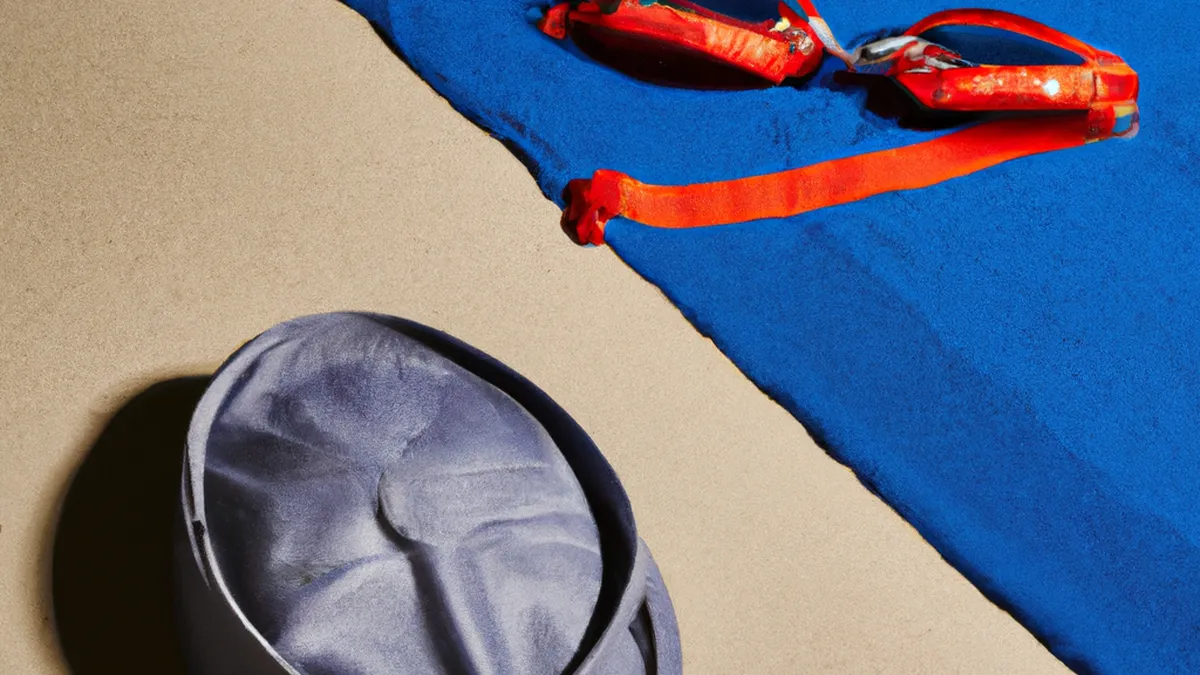Lifeguard Duty Prep: Stretching Essentials
Stretching Routines for LifeguardsLifeguards ensure swimmer safety while working long hours at the beach or pool. High-stress situations require peak performance. Stretching routines help lifeguards maintain performance and prevent injuries. This blog post presents effective stretching routines for lifeguards.
Importance of Stretching for Lifeguards
Stretching offers many benefits. It improves flexibility, essential for lifeguards. Increased flexibility allows efficient movement during swimming and emergencies. Stretching also prevents injuries. Lifeguards face physical demands that can lead to strains or sprains. A proper stretching routine significantly reduces this risk.
Dynamic Stretching Before Shifts
As an Amazon Associate I earn from qualifying purchases.
Gear tip: consider pull buoy, swim paddles, and stopwatch to support this topic.
Lifeguards should engage in dynamic stretching before shifts. Dynamic stretches involve movement and warm up muscles. This preparation ensures peak performance.
Arm Circles
Start with arm circles. Stand with feet shoulder-width apart. Extend arms out to the sides. Make small circles, gradually increasing their size. Perform for 30 seconds in each direction. This stretch warms up shoulders for lifeguarding tasks.
Leg Swings
Next, do leg swings. Stand next to a wall or lifeguard stand for support. Swing one leg forward and backward while keeping the other leg steady. Perform 10 swings on each leg. This exercise improves hip flexibility, essential for swimming.
Torso Twists
Finish with torso twists. Stand with feet hip-width apart. Place hands on hips and twist the torso to the right, then to the left. Repeat this 10 times on each side. This stretch increases spinal mobility for quick movements.
Static Stretching After Shifts
After long days, lifeguards should include static stretching. Static stretches help cool down the body and improve flexibility. Hold each stretch for 15-30 seconds.
Chest Stretch
Start with a chest stretch. Stand tall and clasp hands behind your back. Extend arms and lift hands away from your body. Hold this position to stretch the chest and shoulders. This stretch alleviates built-up tension.
Hamstring Stretch
Next, perform a hamstring stretch. Sit on the ground with one leg extended and the other bent. Reach for your toes on the extended leg. Hold this stretch to feel a gentle pull along the back. This stretch maintains leg flexibility after standing.
Quadriceps Stretch
Lastly, do a quadriceps stretch. Stand on one leg and bend the other leg back, holding your ankle. Gently pull your ankle toward your glutes while keeping your knees together. This stretch relieves tension in the thighs and improves leg movement.
Tips for Effective Stretching
To maximize stretching benefits, lifeguards should follow these tips:1. **Stay Consistent**: Make stretching a daily habit. Consistency yields the best results. Set time aside before and after every shift.2. **Breathe Deeply**: Focus on your breath while stretching. Deep breaths relax muscles and improve oxygen flow.3. **Listen to Your Body**: Pay attention to how your body feels. If a stretch causes pain, stop immediately. Modify the stretch or consult a professional.4. **Incorporate Variety**: Change your routine. Different stretches target various muscle groups. This variety keeps routines engaging and effective.
Benefits of Stretching for Lifeguards
Incorporating stretching into lifeguard routines offers several benefits. It enhances performance by increasing flexibility and range of motion. Lifeguards respond more quickly to emergencies with freer movement. Stretching also reduces muscle soreness after long shifts. This recovery is crucial for maintaining energy levels.Additionally, stretching promotes relaxation. Lifeguards face high-pressure situations. Regular stretching relieves stress and improves mental focus. This mental clarity is vital for quick decisions.
Conclusion
Stretching routines are essential for lifeguards. They improve flexibility, prevent injuries, and enhance performance. Incorporate dynamic stretches before shifts and static stretches after. Following simple tips maximizes routine effectiveness. A consistent stretching practice prepares lifeguards for any challenge.
Below are related products based on this post:
FAQ
Why is stretching important for lifeguards?
Stretching is crucial for lifeguards as it improves flexibility, which is essential for efficient movement during swimming and emergencies. It also helps prevent injuries, reducing the risk of strains or sprains caused by the physical demands of the job.
What types of stretches should lifeguards perform before their shifts?
Lifeguards should engage in dynamic stretching before their shifts. Effective dynamic stretches include arm circles, leg swings, and torso twists, all of which warm up muscles and prepare the body for peak performance.
What are the benefits of static stretching after shifts?
Static stretching after shifts helps cool down the body and improves flexibility. It alleviates built-up tension and maintains leg flexibility, which is crucial after long hours of standing and working in high-stress situations.















Post Comment